Taking Custom Design to New Levels
PROUD TO BE PART OF THE BRIN FAMILY OF COMPANIES

OTHER BRIN LOCATIONS
Brin Glass Company | Minneapolis, MN
St. Germain’s Glass | Duluth, MN
Heartland Glass | Waite Park, MN
 As we delve into the future of automation, the evolution of robot platforms stands at the forefront of transforming various industries. According to a report by MarketsandMarkets, the global robotics market is projected to reach USD 500 billion by 2025, with significant contributions from advancements in robot platforms that enhance operational efficiency and adaptability. These innovative platforms are designed to seamlessly integrate artificial intelligence, machine learning, and advanced sensor technologies, paving the way for more sophisticated robotic applications in areas such as manufacturing, logistics, and healthcare. As organizations increasingly adopt automation strategies to stay competitive, the role of versatile and scalable robot platforms is becoming increasingly critical in shaping the future of work and driving economic growth. The journey of these technologies not only highlights the potential for increased productivity but also emphasizes the need for a strategic approach to harness their capabilities effectively.
As we delve into the future of automation, the evolution of robot platforms stands at the forefront of transforming various industries. According to a report by MarketsandMarkets, the global robotics market is projected to reach USD 500 billion by 2025, with significant contributions from advancements in robot platforms that enhance operational efficiency and adaptability. These innovative platforms are designed to seamlessly integrate artificial intelligence, machine learning, and advanced sensor technologies, paving the way for more sophisticated robotic applications in areas such as manufacturing, logistics, and healthcare. As organizations increasingly adopt automation strategies to stay competitive, the role of versatile and scalable robot platforms is becoming increasingly critical in shaping the future of work and driving economic growth. The journey of these technologies not only highlights the potential for increased productivity but also emphasizes the need for a strategic approach to harness their capabilities effectively.
The landscape of manufacturing is evolving rapidly, driven by innovative robot platforms and advancements in automation technology. According to a report by the International Federation of Robotics, the global stock of industrial robots reached 3 million units in 2021, a figure projected to surpass 4 million by 2025. This surge reflects the industry's increasing reliance on automation to enhance productivity and reduce operational costs. Notably, sectors such as automotive and electronics are at the forefront, with robot installations increasing by 20% in these industries alone.
Emerging trends highlight the integration of collaborative robots, or cobots, which work alongside human operators to optimize workflows. A recent study from McKinsey indicates that 60% of jobs in the manufacturing sector could be automated by 2030, showcasing the significant potential for cobots to improve safety and efficiency. These platforms not only enable manufacturers to adapt to fluctuating demands but also facilitate processes that were once deemed too complex for automation. As these technologies continue to evolve, manufacturers are poised to redefine their operational strategies, ultimately leading to smarter, more agile production systems.
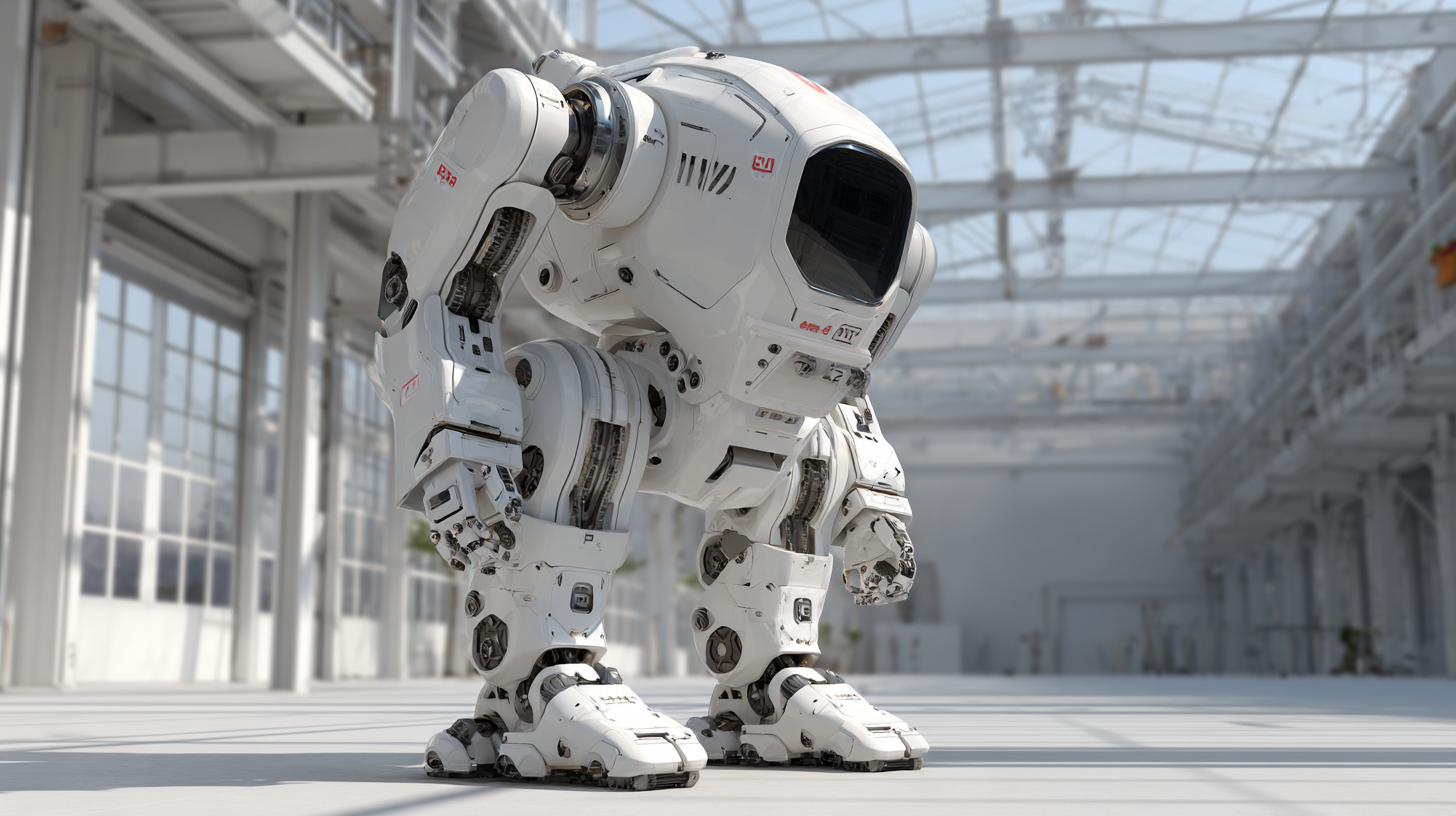
The landscape of logistics and supply chain management is undergoing a profound transformation fueled by advancements in AI-driven robotics. These innovative technologies are streamlining operations, enhancing efficiency, and drastically reducing costs. By 2025, we are poised to witness a significant shift toward fully autonomous operations, with robots capable of handling complex tasks such as real-time pricing optimization, predictive planning, and dynamic inventory management. This evolution signifies not just an enhancement in existing processes, but a redefinition of how logistics will function in the future.
Recent developments showcase remarkable milestones, such as the successful autonomous unloading of over 100 trailers by an AI-driven robot, illustrating the practical application of these technologies in logistics. Autonomous mobile robots are becoming essential collaborators in warehouses, elevating productivity levels and meeting the growing demands of consumers. As organizations embrace this technological revolution, the integration of real-time visibility and intelligent automation is leading to a seamless and intelligent supply chain—an essential component for companies eager to remain competitive in an increasingly automated world.
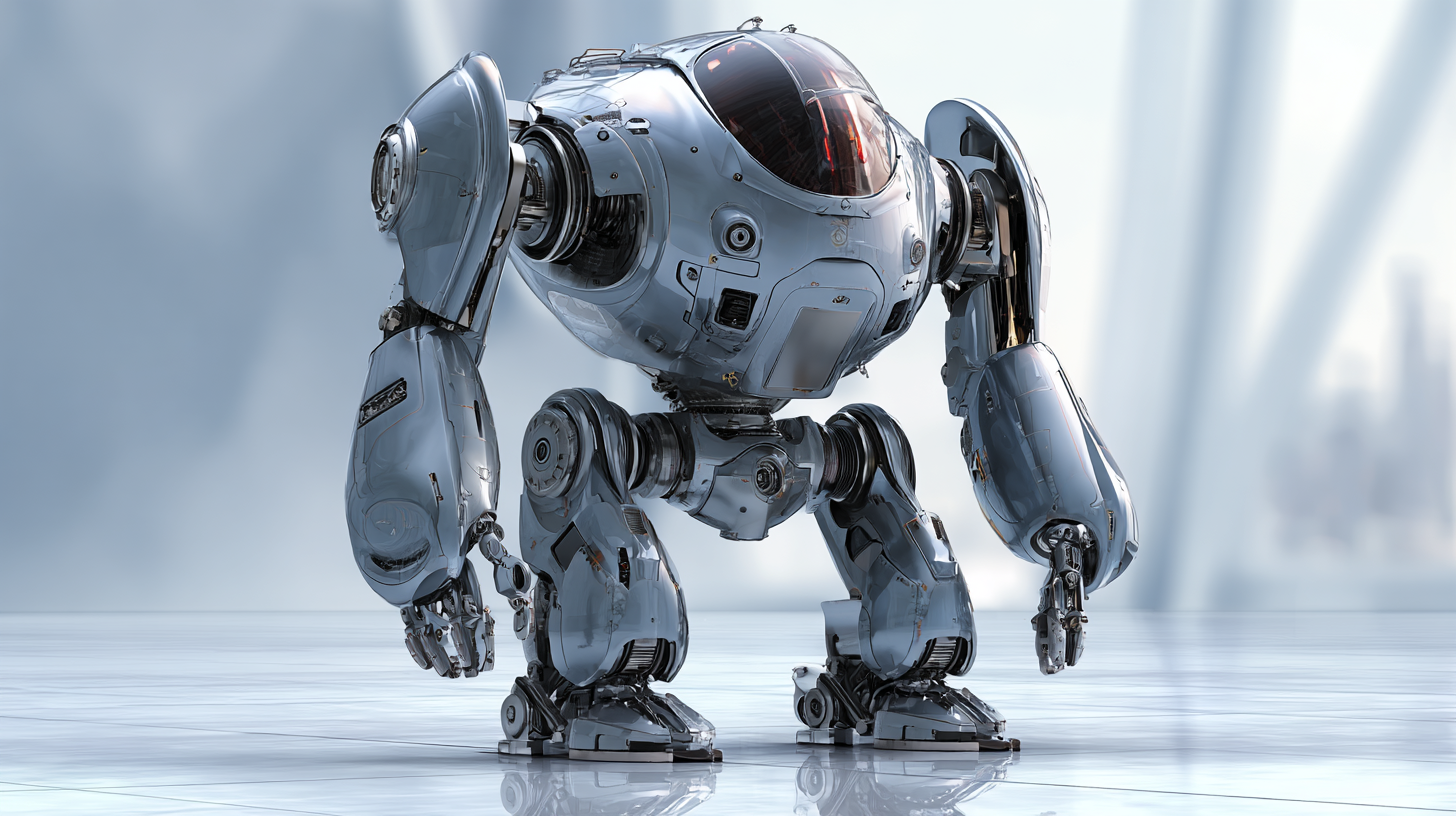 The integration of robotics into healthcare is revolutionizing patient care and surgery, offering unprecedented precision and efficiency. Innovative robot platforms are being developed to assist surgeons during complex procedures, enhancing their capabilities without replacing the critical human touch. These surgical robots allow for minimally invasive techniques, resulting in shorter recovery times and reduced complications for patients. Surgeons can perform intricate operations with greater accuracy, guided by advanced imaging and real-time data.
The integration of robotics into healthcare is revolutionizing patient care and surgery, offering unprecedented precision and efficiency. Innovative robot platforms are being developed to assist surgeons during complex procedures, enhancing their capabilities without replacing the critical human touch. These surgical robots allow for minimally invasive techniques, resulting in shorter recovery times and reduced complications for patients. Surgeons can perform intricate operations with greater accuracy, guided by advanced imaging and real-time data.
In the realm of patient care, robotics plays a vital role in assisting healthcare professionals. From robotic exoskeletons that help patients regain mobility to automated systems that manage medication delivery, these technologies improve the overall quality of life for individuals with varying medical conditions. Additionally, robots are being utilized in rehabilitation, offering personalized therapy regimens while ensuring consistency and adherence. As these innovative platforms continue to evolve, they hold the promise of transforming healthcare into a more efficient and patient-centered field.
In recent years, the integration of service robots in retail spaces has reached new heights, significantly enhancing the customer experience. Innovations like AI-driven bartending robots are revolutionizing unmanned retail by providing personalized services that cater to individual preferences. Such advancements not only streamline operations but also create an engaging atmosphere where customers feel valued and attended to, marking a transformation in how businesses interact with their clientele.
Moreover, the adoption of intelligent robotics is reshaping delivery, checkout, and customer communication processes. Retailers are increasingly leveraging these technologies to improve efficiency and provide measurable returns on investment. The trend towards automation is not just a fleeting development; it is becoming a cornerstone of modern retail strategies. As businesses explore these innovative solutions, they are embracing a future where customer satisfaction is amplified by the seamless integration of AI and robotics into everyday shopping experiences.
The evolution of autonomous vehicles (AVs) is set to transform urban mobility and transport systems significantly. According to a report by Allied Market Research, the global autonomous vehicle market is projected to reach $556 billion by 2026, growing at a compound annual growth rate (CAGR) of 63.6% from 2019 to 2026. This rapid growth highlights the increasing investment in technologies such as LiDAR, computer vision, and artificial intelligence, which are crucial for enhancing vehicle safety and navigation.
As AVs integrate into urban environments, they promise to address several pressing challenges, including traffic congestion and pollution. A study from the International Transport Forum estimates that widespread adoption of AVs could reduce traffic fatalities by up to 90%. Furthermore, urban planners are anticipating that AVs will change the design of cities, leading to the emergence of smarter transport systems. For instance, the implementation of on-demand AV shuttle services could ease the strain on public transit systems, providing greater accessibility and convenience while also decreasing the number of personal vehicles on the roads. This shift toward autonomous transportation systems not only enhances efficiency but also aligns with sustainability goals that cities worldwide are striving to achieve.

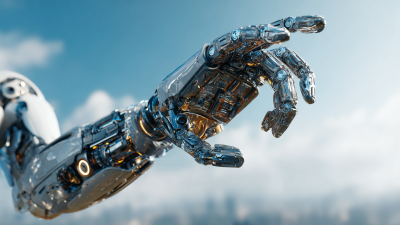

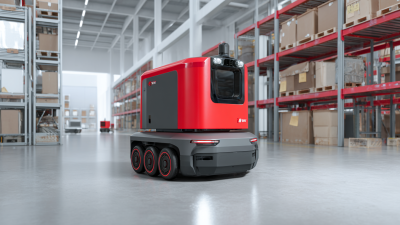
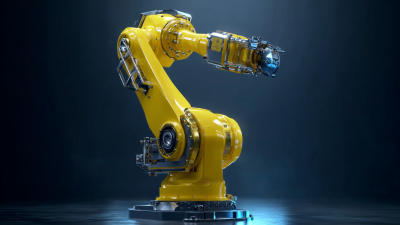

Taking Custom Design to New Levels

Brin Glass Company | Minneapolis, MN
St. Germain’s Glass | Duluth, MN
Heartland Glass | Waite Park, MN

Fabricator
Inside Sales and Client Support Manager
Glass Handler – 1st Shift